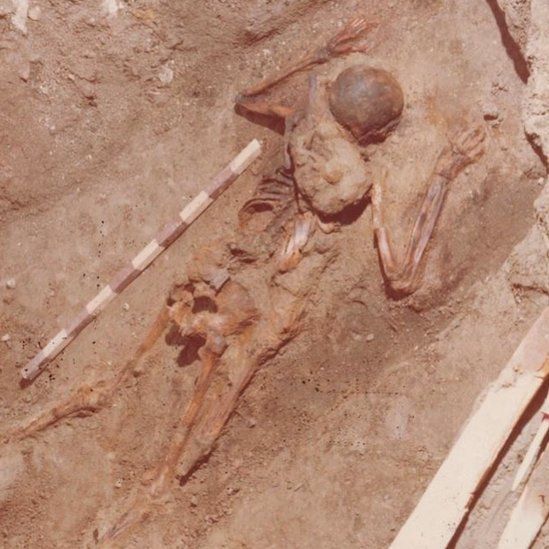Are The Skeletons At Herculaneum Real? Uncovering Ancient Mysteries
How 300 Skeletons Ended Up Near A Beach In Naples
Keywords searched by users: Are the skeletons at Herculaneum real herculaneum boathouse skeletons, pompeii skeletons, herculaneum map, pompeii bodies, herculaneum boat sheds, what happened at herculaneum, what happened at pompeii and herculaneum, pompeii lovers last kiss statue real
Are The Petrified Bodies In Pompeii Real?
Are the petrified bodies in Pompeii real? The petrified bodies found in Pompeii are not actually ancient or petrified. They are modern plaster casts created to preserve the spaces where bodies once existed. These casts have been produced using a technique that allows for the replication of the original human forms. In essence, each body can be effectively recreated post-mortem using this method. This practice has become quite common, diminishing the exceptional nature of these casts. As of May 9, 2023, this method continues to be utilized to study and preserve the tragic history of Pompeii.
Are The Skeletons In Pompeii Real?
Are the skeletons in Pompeii real? The apparent skeletons you see in Pompeii are not actual human remains; they are meticulously crafted plaster casts created by archaeologists to preserve the voids left behind by the deceased. When Mount Vesuvius erupted in 79 AD, it unleashed a catastrophic deluge of volcanic ash, primarily composed of pumice, that engulfed the ancient Roman cities of Pompeii and Herculaneum. These casts serve as eerie yet invaluable representations of the people who once lived in these now-preserved cities, offering a haunting glimpse into the tragic events that unfolded during the eruption.
What Was The Difference Between The Bodies Found At Herculaneum And Pompeii?
When comparing the archaeological discoveries at the ancient Roman cities of Pompeii and Herculaneum, a notable distinction becomes apparent in the preservation of human remains. While exploring these historical sites, visitors often observe contrasting approaches to preserving the tragic victims of the volcanic eruption. In Pompeii, the primary method of preservation involves the creation of plaster casts of individuals who perished during the eruption, capturing poignant and lifelike poses of the victims at their moment of death. These casts offer a hauntingly vivid glimpse into the final moments of the Pompeiians. In contrast, Herculaneum reveals a different aspect of the tragedy. At this site, archaeologists have unearthed over 300 human skeletons. This disparity in preservation methods can be attributed to the distinct ways in which the two cities experienced the volcanic cataclysm that ultimately engulfed them in AD 79.
Collect 39 Are the skeletons at Herculaneum real

Categories: Discover 90 Are The Skeletons At Herculaneum Real
See more here: khoaluantotnghiep.net

Some of the skeletons are still there as they were found. Visitors to Herculaneum see many remains of people in each of the small buildings. One mother even had a baby in her arms. These bodies have been examined in recent years using state-of-the-art methods.They’re not that. Neither ancient, nor petrified, they’re in fact modern plaster casts of the places where bodies once were. In fact, these days, they’re not even that exceptional: the technique used to make the figures can be reused, so that each body can be effectively “cloned” post-mortem as much as we like.The “bodies” at Pompeii are not actually bodies. They are simply plaster that archaeologists used to fill the holes where the bodies used to be. When Vesuvius erupted, it covered Pompeii (and nearby Herculaneum) in fine-grained ash made of pumice.
Learn more about the topic Are the skeletons at Herculaneum real.
- Corpses in Pompeii and Herculaneum: skeletons and plaster …
- The Stone Bodies Of Pompeii Aren’t What You Think | IFLScience
- Are the dead bodies from Pompeii hollow? – Quora
- Pompeii vs Herculaneum – What’s the Difference?
- ‘Sensational’: skeleton buried in Vesuvius eruption found at …
- Did anyone survive in Pompeii?